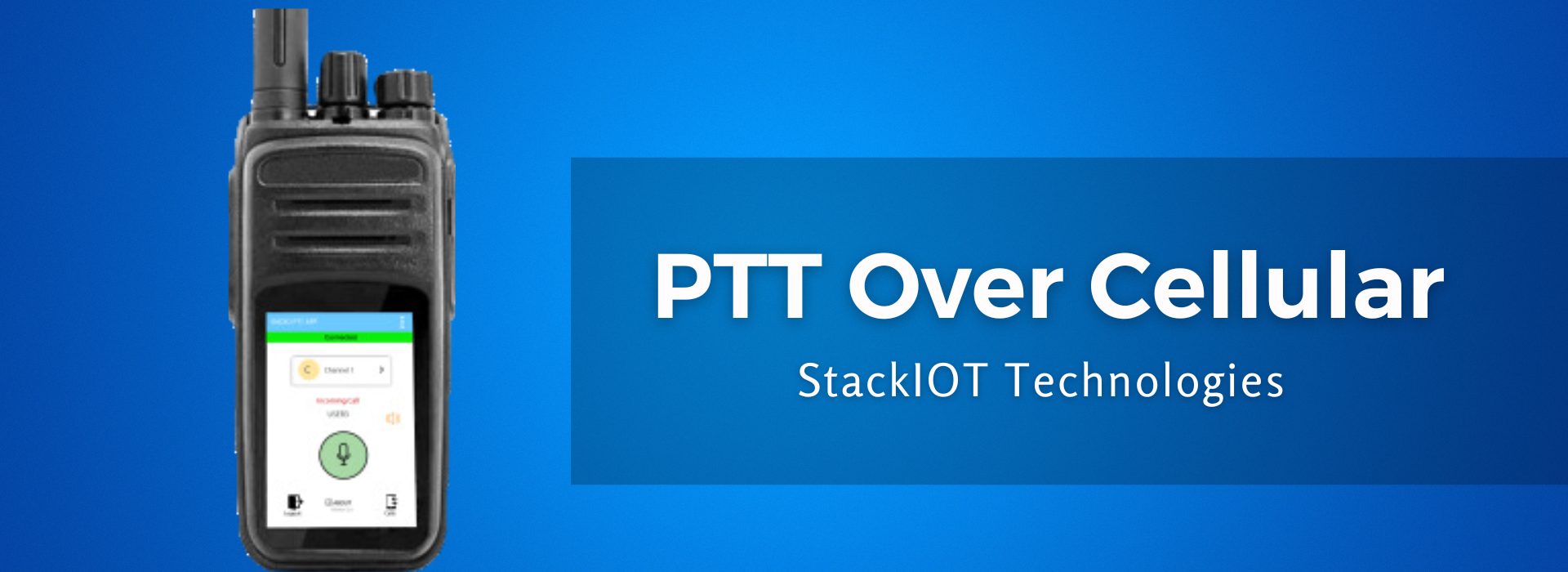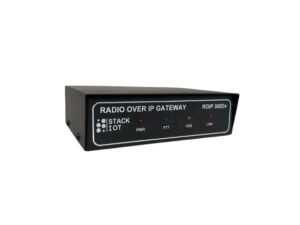PTT over Cellular (Push-to-Talk over Cellular) has become one of the most popular communication tools in business and industry in the recent years which need real-time, reliable and wide-area connections. As opposed to the two-way radios of the past that were restricted by the frequency range, push to talk over cellular takes advantage of the pre-existing mobile networks (3G, 4G, LTE, and currently 5G) to enable instant communication worldwide. As mobile phones and rugged devices continue to uphold this technology, its uptake is growing at a high pace, among several industries.
This blog also discusses the major forces behind the adoption of the push to talk over cellular and how various industries are improving in using this new method of communication.
What is PTT Over Cellular?
PTT over Cellular (PoC) is a communication technology which enables users to communicate instantly by pressing the single button just like a classic walkie-talkie, but on cellular connections. It integrates the two-way radio capabilities with the scale and coverage of mobile networks.
- Supports standard smartphones, rugged devices and specialized PoC radios.
- Allows one-to-one, group or broadcast communication.
- Uses 3G, 4G, LTE, and 5G over a wide geographic area.
Key Drivers of Adoption
1. Both domestic and international coverage.
The old radios have a restricted range and cost a lot of infrastructure such as repeaters and towers. Cellular Push to talk over cellular eliminates these by utilizing the already available carrier networks.
- Fluent communication between cities, regions or countries.
- Best suited to mobile teams operating on a large geographical basis.
- There is no necessity to buy radio towers or frequency licenses.
2. Cost Efficiency
Implementation of push to talk cellular system is much cheaper than the conventional radio networks.
- Takes advantage of existing cellular infrastructure, which lowers the cost of setting-up.
- Eradicates spectrum licensing costs.
- Enterprise-based subscription models at low costs.
3. Scalability and Flexibility.
PTT over Cellular can be easily expanded with the development of organizations.
- Create or delete users without having to invest in new hardware infrastructure.
- Mobile – friendly with smartphone and rugged devices, which can save on devices.
- Supports hundreds of users or thousands.
4. Enhanced Non voice features.
In comparison with simple radios, the push to talk cellular systems have more functions:
- Fleet and workforce management GPS tracking.
- Text, image, video sharing.
- Secured and encrypted communication.
- Connection to dispatch and control systems.
5. Better Reliability using LTE/5G.
PTT using Cellular provides a better quality and reliability with the implementation of LTE and 5G.
- Low latency will guarantee immediate communication.
- Multimedia and video PTT is supported by high bandwidth.
- Greater coverage of the network means less blackout in communication.
Industries Driving Adoption
1. Public Safety & Security
Push to talk over cellular is used by the police, firefighters, and security services to communicate over wide areas in the event of an emergency.
- Live tracking of location is integrated with GPS.
- Transportation & Logistics
- Fleet operators use long-range coordination over long distances with the help of push to talk cellular.
- Enhances road safety and highway control.
2. Construction & Utilities
- Field units are kept in touch with real time updates.
- Improves the coordination of the teams on the field and the control centers.
3. Hospitality and Event Management.
- Hotels, venues, and stadiums use PoC to coordinate staff.
- Usage Enables immediate communication without the range restriction.
4. Manufacturing & Industrial
- Plant supervisors utilize PTT over Cellular to coordinate the teams in big facilities.
- Provides effective production, safety and operations coordination.
PTT Over Cellular vs Traditional Radio
| Feature | Traditional Two-Way Radio | PTT Over Cellular |
| Coverage Range | Limited by frequency/tower | Nationwide/Global via cellular |
| Infrastructure Cost | High (towers, repeaters) | Low (uses carrier networks) |
| Scalability | Hardware-limited | Easily scalable |
| Features | Voice only | Voice, GPS, multimedia |
| Reliability | Susceptible to dead zones | Reliable with LTE/5G |
Conclusion
The use of PTT instead of Cellular is transforming enterprise communication. The integration of the immediate connectivity of traditional push-to-talk and the coverage and capabilities of the cellular networks has enabled businesses in all industries to increase efficiency, safety, and scale. The functions of push to talk cellular will continue to increase as 5G spreads.
When you want to bring modernity in communication in your organization, StackIOT offers modern PoC integration and IoT-based communication solutions that can meet the needs of your industry.
FAQs
1. What unlocked devices are compatible with PTT over Cellular?
PTT is compatible with running on regular smartphones, rugged PoC devices as well as dedicated cellular push-to-talk radios.
2. Is push to talk over cellular secure?
Yes, in the contemporary PoC systems there is the use of encryption and secure data protocols that are used to secure communication.
3. Does PTT over Cellular need special infrastructure?
No, it operates existing mobile carrier networks (3G, 4G, 5G, LTE, etc.), thus removing the necessity to have towers or repeaters.
4. What is the cost of push to talk cellular compared to conventional radios?
It is cheaper because it has less infrastructure needs and subscriptions are introduced as pricing models.
5. Which industries benefit most from PTT over Cellular?
The best adopters are public safety, logistics, construction, manufacturing, hospitality, and utilities.




